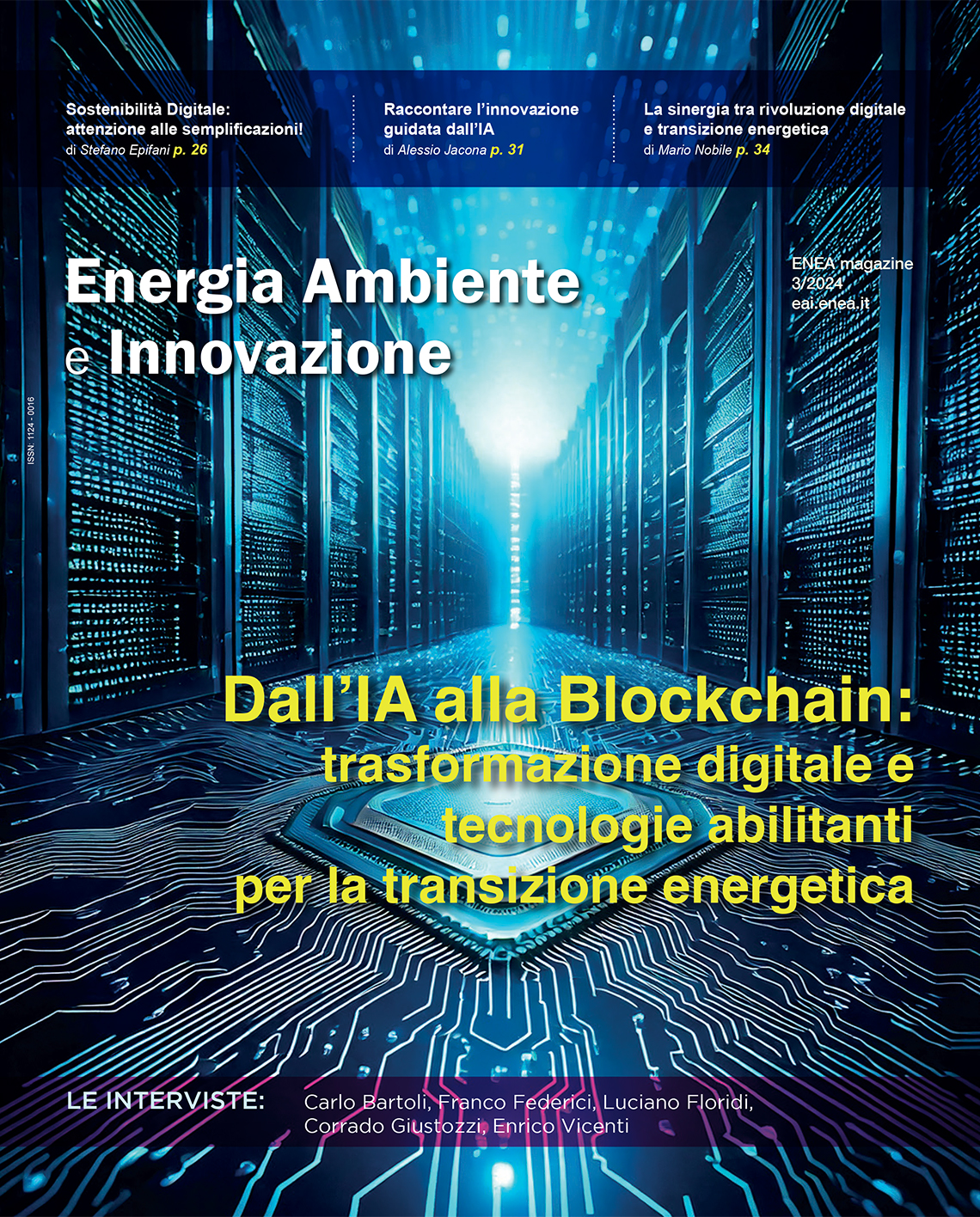Geophysical methods for the assessment of the surface structures in the Mirabello area
Luca Baradello, Flavio Accaino, Alessandro Affatato, Daniel Nieto Yàbar, Francesco Fanzutti - National Institute of Oceanography and Experimental Geophysics – OGS, Trieste; Carmela Vaccaro, Nasser Abu Zeid- University of Ferrara; Marilena Martinucci - Edilgeo; Mauro Piccolo - Eurekos; Guglielmo Soncin - Free lance geologist
The Istituto Nazionale di Oceanografia e di Geofisica Sperimentale “OGS” in Trieste, the University of Ferrara – Department of Earth Sciences, Edilgeo and Eurekos Srl, with the supervision of the Emilia-Romagna Region and the Civil Protection Department (CPD), have carried out a geophysical exploration at two test sites located in the villages of Bondeno and Mirabello, both situated in the western and south-western part of the province of Ferrara respectively. The geophysical survey was accomplished by using the Ground Penetrating Radar (GPR) and the seismic reflection techniques. Scope of the survey was to set insights on the uppermost part of the subsoil interested by the co-seismic effects of the May 20, 2012 earthquake (ML 5.9, hypocenter depth: 6.3 km, INGV) and manifested by the formation of surface ruptures and the ejection of sand due to the liquefaction of sand layers present in the shallow subsurface. The attained preliminary, geophysical results have allowed for the geometrical mapping of these site effects also in depth. Despite the 2D nature of our results, this work has pointed out the ability of the GPR technique, if proper frequencies are employed, to map the shallow subsurface extent of both fractures and, under certain conditions, the liquefied sand bodies too. The possibility to trace back these fractures at greater depths was accomplished thanks to the employment of high resolution seismic reflection profiling. The preliminary results achieved in this work can help geologists get proper characterization of the subsurface below the damaged buildings, which would aid engineers and decision makers in formulating appropriate site-specific solutions. The 3D extension of these results would, surely, provide a better vision of the 3D nature of these fractures at minor costs

